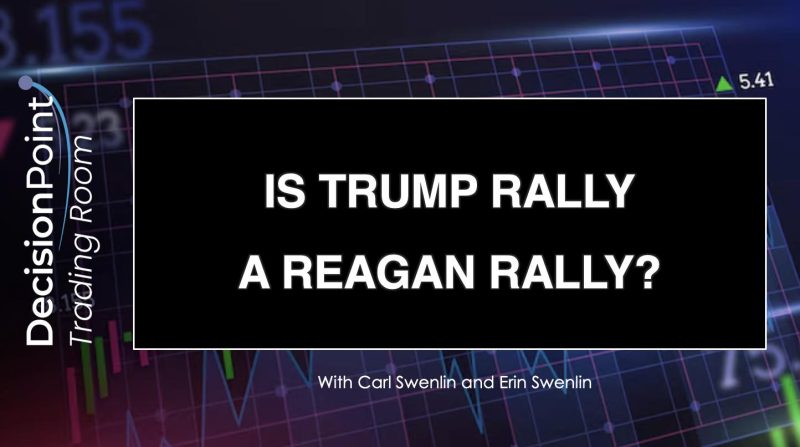The comparison between the Trump rally and the Reagan rally is a topic that has attracted significant interest and debate within political circles. While both rallies have been characterized by enthusiastic supporters and a sense of nationalistic pride, there are distinct differences that set them apart.
Firstly, the political landscapes during the Trump and Reagan eras were markedly different. Reagan’s presidency, which began in 1981, came during a time of heightened Cold War tensions and economic challenges. His policies, often referred to as Reaganomics, focused on tax cuts, deregulation, and increased military spending. These policies were largely seen as a response to the perceived failures of the Carter administration and resonated with conservatives and some moderate voters.
In contrast, the Trump presidency, which began in 2017, occurred in an era marked by increasing political polarization, globalization, and technological advancements. Trump’s platform, characterized by promises to Make America Great Again, resonated with a segment of the population that felt left behind by rapid societal changes. His rhetoric on immigration, trade, and national security drew sharp contrasts with the policies of previous administrations and appealed to a vocal base of supporters.
Additionally, the personalities and leadership styles of Reagan and Trump are starkly different. Reagan, often dubbed the Great Communicator, was known for his affable demeanor, polished speeches, and ability to connect with a wide range of audiences. His background as a former actor and governor of California gave him a sense of gravitas and statesmanship that appealed to many Americans.
On the other hand, Trump’s brash and unfiltered communication style, honed during his years as a reality TV personality and real estate mogul, divided opinions. While his supporters lauded his no-nonsense approach and willingness to challenge political correctness, critics viewed his behavior as divisive and unbecoming of a president.
Furthermore, the policy agendas of the two administrations diverged in significant ways. Reagan’s focus on cutting taxes, reducing government spending, and promoting free market principles aligned with traditional conservative values. His administration’s efforts to deregulate industries and bolster national defense were seen as crucial steps in revitalizing the American economy and standing up to the Soviet Union during the Cold War.
In contrast, Trump’s policy initiatives, such as the imposition of tariffs on foreign goods, renegotiation of trade deals, and crackdown on illegal immigration, were portrayed as disruptive and unconventional. While his supporters praised his efforts to prioritize American interests and challenge the status quo, detractors criticized his approach as reckless and damaging to international relations.
In conclusion, while the Trump rally and the Reagan rally shared certain commonalities, such as fervent supporters and a focus on nationalism, they were fundamentally shaped by different political contexts, leadership styles, and policy agendas. The comparison between the two rallies offers valuable insights into the evolving nature of American politics and the diverse ways in which presidential administrations engage with the populace.
